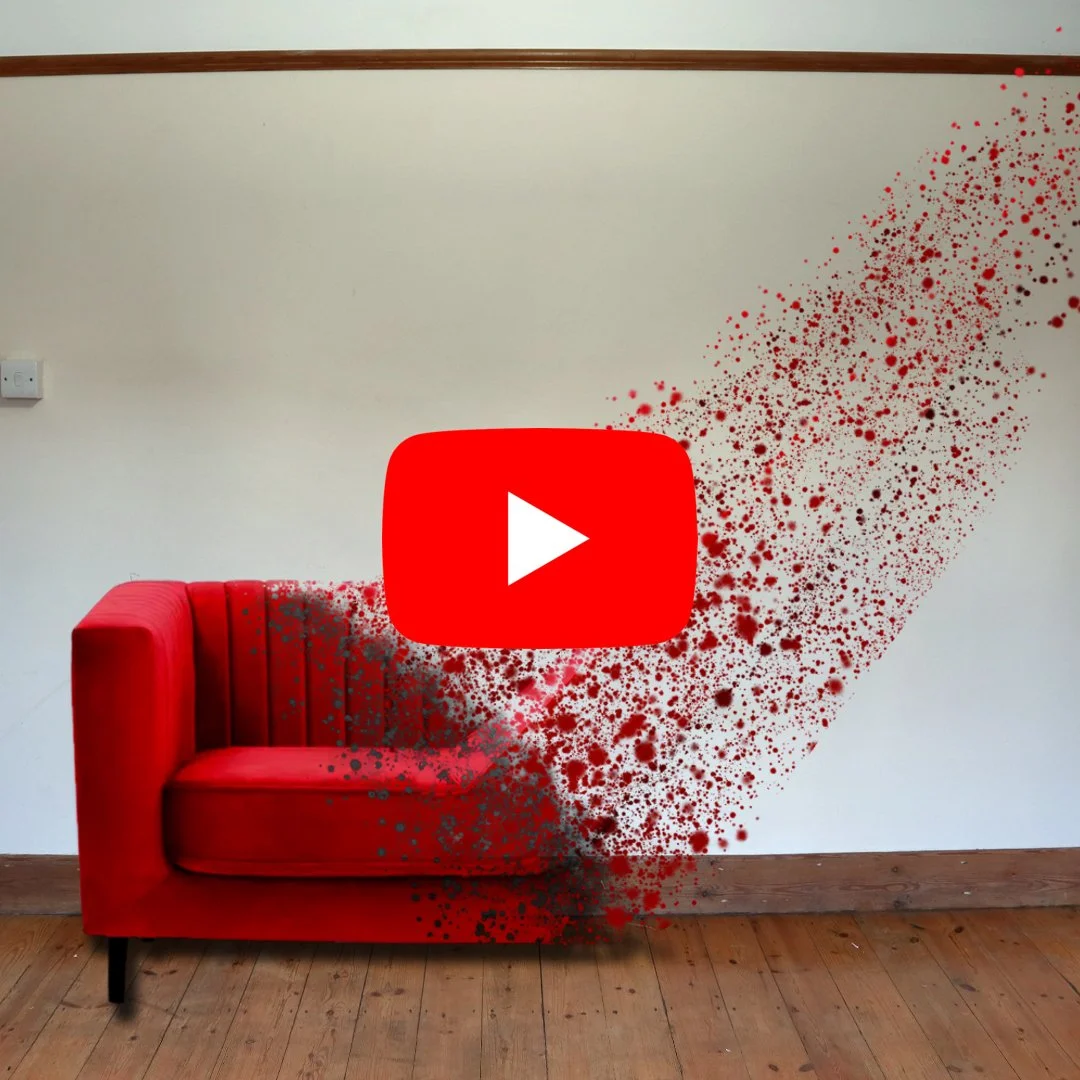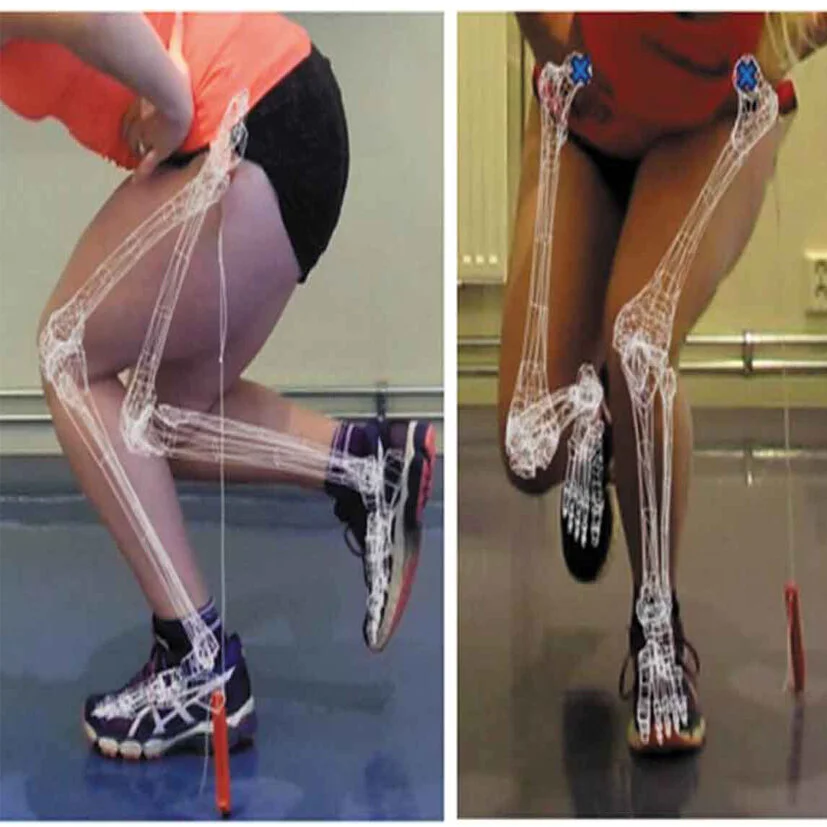19-year-olds Are As Sedentary As 60-year-olds
A study published in the American Journal of Preventive Medicine highlights how physical activity among children and teens is lower than previously thought and that today’s 19-year-olds are as sedentary as adults age 60. This sedentariness continued into adult where, after the age of 35, activity levels declined even further through midlife and older adulthood.
The 12,529 participants wore tracking devices for 7 straight days, which measured how much time participants were sedentary or engaged in light or moderate-to-vigorous physical activity and they were only removed when bathing or sleeping. The findings were divided into five age groups: children (ages 6-11); adolescents (ages 12-19); young adults (ages 20-29); adults at midlife (31-59); and older adults (60-84). Researchers also used data from the National Health and Nutrition Examination Survey from the 2003-2004 and 2005-2006 survey cycles.
For all age groups, men generally had higher activity levels than women, particularly high-intensity activity, but after midlife, these levels dropped off sharply compared to women. Among adults 60 years and older, men were more sedentary and had lower light-intensity activity levels than women.
“Activity levels at the end of adolescence were alarmingly low, and by age 19, they were comparable to 60-year-olds,” says the study’s senior author, Vadim Zipunnikov, assistant professor in the Bloomberg School’s Department of Biostatistics. The study confirmed that recommended guidelines were not being met. For instance, the World Health Organization (WHO) recommends at least 60 minutes of moderate-to-vigorous physical activity a day for children aged 5-17. The study found that more than 25% of boys and 50% of girls ages 6-11 and more than 50% of boys and 75% of girls aged 12-19 had not met the WHO recommendation.
Sedentary children become sedentary adults
Dawn Skelton, professor of ageing and health at Glasgow Caledonian University and an adviser to the Royal Osteoporosis Society, said today’s children are far more sedentary than previous generations and their bones may weaken and fracture earlier than usual because these children haven’t laid down a good baseline of bone through movement, ageing will start happening much earlier and falls could be more serious due to the lower bone density. Children need to be as active as possible it is the time when we lay down the majority of our adult levels of bone density - after the age of 15 it’s not as easy to lay down bone, and growth slows significantly.
The problem of sedentariness in children is a hidden one will become more apparent as they get older; unless sedentary habits change, this generation of children could end up with hip fractures in their 40s and 50s instead of their 70s. This is because it’s much more difficult to build up bone density in adulthood than it is in childhood - an adult can increase bone mass by 3% by doing 3-4 hours a week of bone-loading exercise, whereas 13-year-olds doing the same amount of exercise can increase bone mass by 10%.
Does Exercise Cause Fragility Fractures?
The following is taken from An Expert Consensus Statement on Physical Activity and Exercise for Osteoporosis published by the Royal Osteoporosis Society:
Frailty and other health conditions may reduce the ability to be active and exercise, especially at higher levels of intensity or impact, although some evidence is reassuring. In addition, frail individuals are at a higher risk of fracture but are less likely to undertake physical activity. People with osteoporosis should be encouraged to do more rather than less. This requires professionals to adopt a positive and encouraging approach, focusing on ‘how to’ messages rather than ‘don’t do’.
Physical activity and exercise have an important role in the management of osteoporosis, promoting bone strength, reducing falls risk, and the management of vertebral fracture symptoms. They should form part of a broad approach that includes other positive lifestyle changes, combined with pharmacological treatment where appropriate. The evidence indicates that physical activity and exercise is not associated with significant harm, including vertebral fracture; in general, the benefits of physical activity and exercise outweigh the potential risks.
Immobility has been established as a major risk factor for fracture; bone is strengthened when muscles and impact forces create a ‘load’ on the bone that causes adaptations inside. Without the pull of gravity, bone density is reduced. Even with short periods of bed rest for example, bone density and strength are lost rapidly, although this is reversible to some extent with remobilisation. Bone is constantly repairing and regenerating, so it can adapt and respond to the regular pulling, twisting and bending that muscles exert on it. This adaptive response is greater the higher the intensity and frequency of force, and in response to force that is ‘variable and dynamic’.
Overall, there is little evidence of harm, including fractures, occurring whilst exercising. Bone strengthening exercises are therefore unlikely to cause a fracture and there was no evidence of symptomatic vertebral fracture in association with impact exercise or moderate to high intensity muscle strengthening exercise. There were, however, modest improvements in quality of life, balance, pain and fear of falling.
Antifragile In Mind And Body
We have yet to see what happens when generation of sedentary children become adults; we can guess that the healthcare system is going to be overloaded with an increasingly older population who will be suffering hip fractures earlier in life due to not laying down bone density when they were young.
As I mentioned in a previous blog post:
Falls are the second-leading cause of accidental death worldwide
Approximately 10-20% of falls result in fractures
1 in 3 adults aged 50 and over dies within 12 months of suffering a hip fracture
Fatal falls are rising sharply for those aged between 45 and 64, jumping by 44% between 1999 and 2007
Fragility fractures already cost the NHS an estimated £4.4 billion per year, and falls in the 40-plus age group have increased 20% from the previous generation, so it seems likely this figure will only increase for the coming generation who’ve spent the majority of their childhood sedentary and with low bone density.
As long as public policy is focused on solutions instead of causes, there will be uncomfortable realities which will need to be faced such as where will the extra tax money come from to fund people afflicted with chronic lifestyle diseases? Not to mention, what will it be like to live in a society in which so many people (old and young) are suffering from chronic health conditions throughout their life?
In his book, Antifragile, Taleb introduces the concept of an antifragile mindset which goes far beyond being adaptive; you use the experience to improve and become stronger in the face of stressors. This isn’t the same as just being resilient in the face of bad things happening: it’s about becoming stronger because of them. Plan, but be adaptable, and design your lifestyle so that you’ll benefit from chaos and uncertainty instead of spending your life strategically avoiding difficulties.
“Some things benefit from shocks; they thrive and grow when exposed to volatility, randomness, disorder, and stressors and love adventure, risk, and uncertainty. Yet, in spite of the ubiquity of the phenomenon, there is no word for the exact opposite of fragile.
Let us call it antifragile. Antifragility is beyond resilience or robustness. The resilient resists shocks and stays the same; the antifragile gets better.”- Antifragile by Nassim Nicolas Taleb
Doctors and the medical industry have so many medicines to treat people and methods of diagnosing disease, yet there are scant answers explaining why these diseases are increasing year-on-year, nor any reasons explaining the root cause or the prevention of them. It is up to us to take our health into our own hands irrespective of current government policies or initiatives. Lucky for us, here in the UK our ever-paternalistic government is currently promoting the idea that prevention is better than cure, as can be seen in this 2018 policy paper:
Prevention Is Better Than Cure
Our Vision To Help You Live Well For Longer
‘We have made great progress in improving the health of the nation - helping people to live longer lives. However, people are spending too many years in poor health, with these gains in health not felt equally across society. But this is not inevitable; much of ill-health could be prevented. Prevention is crucial to improving the health of the whole population, and helping secure the health and social care services we all value and rely on. It will also boost the health of our economy.
I am delighted that with the long-term funding settlement for the NHS, there will be an extra £20.5 billion a year by the end of the next five years. This is the single largest cash injection for the NHS ever, giving us a unique opportunity to radically change the focus of health and social care onto prevention.
We cannot continue to invest in the same service models of the past. We will not meet our mission with 'business as usual'. This vision sets out that greater focus, and spending, is needed on prevention, not just cure. With an ageing society and people living with multiple complex conditions it is imperative that this rebalancing happens - to keeping people well, living in the community, and out of hospital for longer. This means services which target the root causes of poor health and promote the health of the whole individual, not just treating single acute illnesses. In practice this requires greater funding for pre-primary, primary and community care - and support for the staff who work in these services.
Prevention cannot be solved purely by the health and social care system alone. Everyone has a part to play, and we must work together across society. This includes recognising the responsibilities of individuals and families in reducing the chances of becoming unwell in the first place, but also how the wider environment we live in determines our health.’
REFERENCES
Varma VR, Dey D, Leroux A, Di J, Urbanek J, Xiao L, Zipunnikov V. Re-evaluating the effect of age on physical activity over the lifespan. Prev Med. 2017 Aug;101:102-108. doi: 10.1016/j.ypmed.2017.05.030. Epub 2017 Jun 1. PMID: 28579498; PMCID: PMC5541765.
Strong, Steady and Straight: Physical Activity and Exercise for Osteoporosis Quick guide: summary
Chastin SF, Mandrichenko O, Helbostadt JL, Skelton DA. Associations between objectively-measured sedentary behaviour and physical activity with bone mineral density in adults and older adults, the NHANES study. Bone. 2014 Jul;64:254-62. doi: 10.1016/j.bone.2014.04.009. Epub 2014 Apr 13. PMID: 24735973.
Rodríguez-Gómez I, Mañas A, Losa-Reyna J, Rodríguez-Mañas L, Chastin SFM, Alegre LM, García-García FJ, Ara I. Compositional Influence of Movement Behaviors on Bone Health during Aging. Med Sci Sports Exerc. 2019 Aug;51(8):1736-1744. doi: 10.1249/MSS.0000000000001972. PMID: 30829961.
McMichan L, Dick M, Skelton DA, Chastin SFM, Owen N, Dunstan DW, Fraser WD, Tang JCY, Greig CA, Agyapong-Badu S, Mavroeidi A. Sedentary behaviour and bone health in older adults: a systematic review. Osteoporos Int. 2021 Mar 25. doi: 10.1007/s00198-021-05918-2. Epub ahead of print. PMID: 33768342.

































What are the most common misconceptions about furniture free? Well these are my top three!